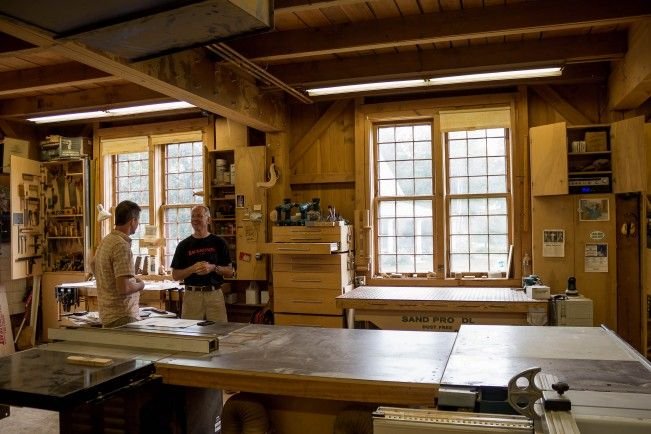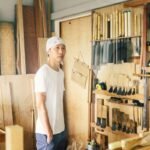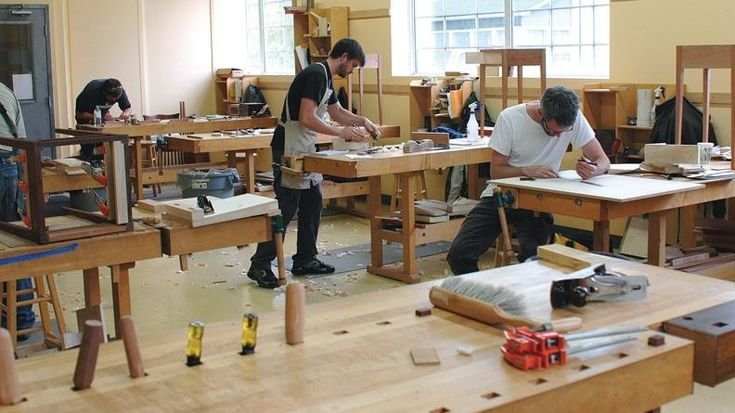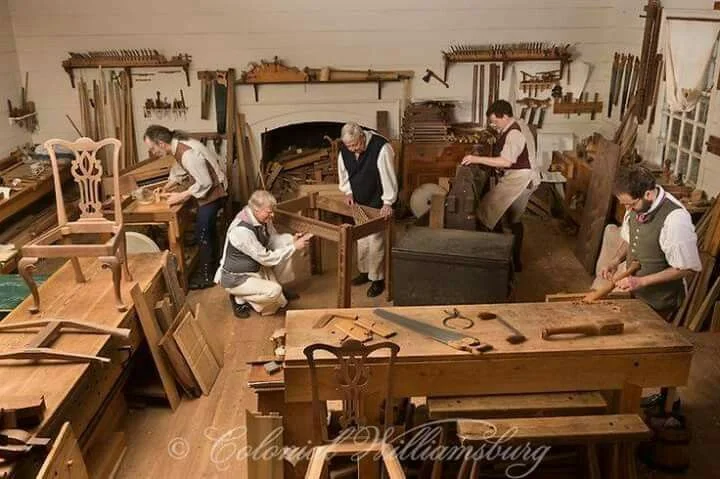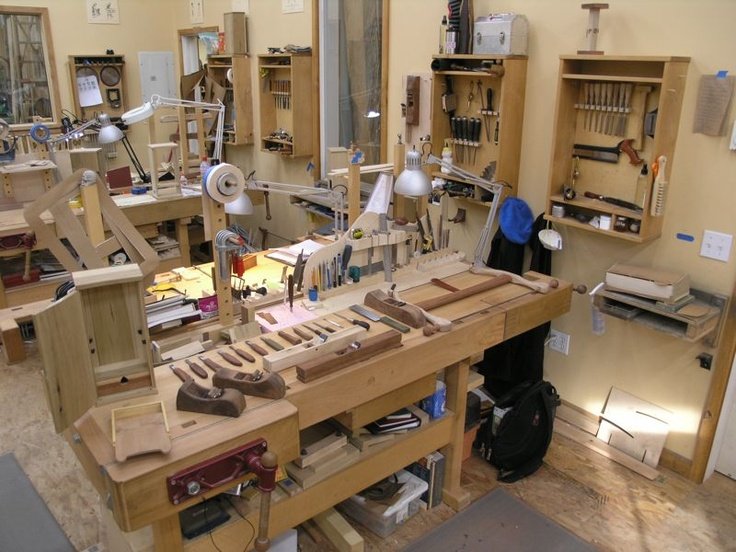Finding My SketchUp Groove: A Woodworker’s Tale
You ever sit down with a steaming cup of coffee and just start thinking about the mess of projects filling up your garage? No? Just me then? Well, let me take you on a little journey about my recent escapade with SketchUp. I can’t promise it’s some straightforward guide or anything, but I reckon there’s a few lessons in here for the rest of us woodworkers just trying to figure it all out.
So, I’ll set the scene: it was a lazy Sunday afternoon. The kind where the sunlight is pouring through the window, and you know you should be doing chores, but instead, you’re channeling your inner Bob Vila, daydreaming about the next big woodworking project. I had this idea rattling around in my head for a rustic coffee table—nothing fancy, just something that felt warm and inviting to have coffee with friends.
I thought to myself, “Hey, why not sketch it out first?” I’d been hearing good things about SketchUp from, well, pretty much everybody who dips their hands in woodworking these days. The thought of having a 3D model of my masterpiece before actually going chop-happy with my saw sounded pretty darn appealing. So I figured, let’s give it a shot!
The Learning Curve
But I knew it wouldn’t be smooth sailing. This software is not quite like doodling on the back of your grocery list—it’s more like trying to ride a bicycle after a big morning breakfast; that initial push can send you flying. I booted up SketchUp and stared at the screen like a deer caught in headlights. Where do you even start with these digital tools? The controls seemed tighter than my old belt after Thanksgiving, and I almost shut it down and went back to my usual sketching with, y’know, an actual pencil and paper.
Guess what? The first few designs I cranked out looked more like twisted pretzels than a coffee table. I kept second-guessing myself: is this too tall? Will the legs be sturdy enough? Don’t even get me started on measuring… I mean, when you’re eyes-deep in a project with tape measures and wood clamps, the stickiness of numbers can get overwhelming.
But finally, after what felt like ages and a few grumbled curses (my wife still laughs about the time I nearly tossed my laptop out the window), I started to get the hang of it. I managed to create a semblance of my table! I had envisioned a solid walnut top with maple legs—a real farmer’s market of wood types. If I close my eyes, I can still smell the rich, nutty aroma of that walnut.
Building the Real Thing
With my model saved and looking halfway decent, I ventured into the garage, tools at the ready. There’s something almost magical about hearing the whirr of the saw and watching the wood shavings dance around like confetti. Honestly, there were moments of doubt, like when the first leg went a bit wobbly after I assembled it. My heart sank. You know that feeling of dread when you think you might have just ruined your project? I almost chucked it all in the corner and went inside for a bowl of ice cream. But I took a deep breath and reminded myself this was all part of the journey.
Turns out, those wonky legs became my lesson in precision. The SketchUp model had really shown me what I should be looking out for in terms of angles and joints. I learned the hard way that cutting too swiftly—sorry, Dewalt—can leave you with pieces that don’t quite line up. So, slow your roll, right?
After some sanding, a lot of adjusting, and perhaps a few more dubious choices, I had a table that actually resembled what I had visualized. The finish was another chapter in this saga—an oil finish that smelled like a rich brew of caramel, practically begging for coffee cups to rest and soak in the warmth.
The Moment of Truth
Finally, it was done—an honest-to-goodness rustic coffee table standing proudly in the middle of my living room. I’ll tell you, there was a moment there, where I just stood back and admired the work. I thought about those early days with SketchUp and how far I had come. Sure, it didn’t start the way I thought it would, and I nearly gave up, but in that moment, I just laughed. I laughed at how much stress I had laid on myself for something so beautiful to emerge from a messy process.
Now, every time I take a sip of coffee at that table, I’m reminded that it’s okay to mess up. SketchUp certainly isn’t foolproof (I think I may still have a few pretzel-shaped designs lurking in my files), but it’s an incredible tool. It’s more than just crafting a pretty picture; it’s about building confidence, teaching patience, and sometimes sharing a few chuckles at your own mishaps.
Wrapping It Up
So, if you’re sitting there, coffee in hand, contemplating just diving into the world of digital design for your woodworking projects, I say go for it. Don’t let the fear of imperfection hold you back; embrace the goofs and the gaffes—that’s where the good stuff happens. I wish someone had told me earlier just how rewarding it is to transform a sketch into reality, complete with its bumps and bruises.
At the end of the day, remember it’s about the journey, not just the destination. You never know, maybe your next project will turn into a talking piece at the next family get-together. Happy building!

